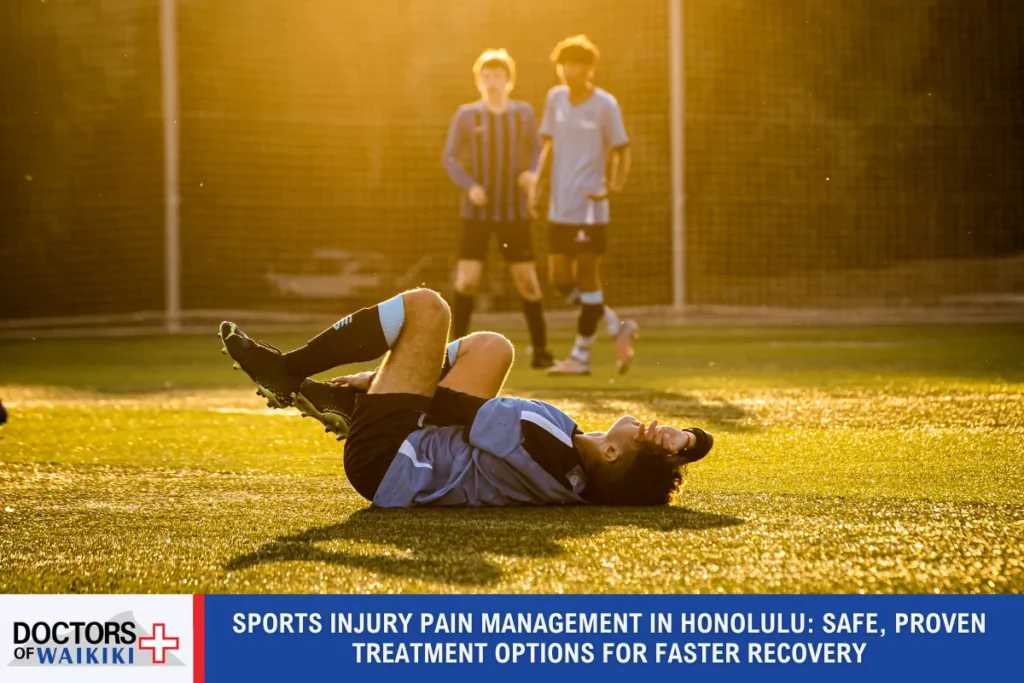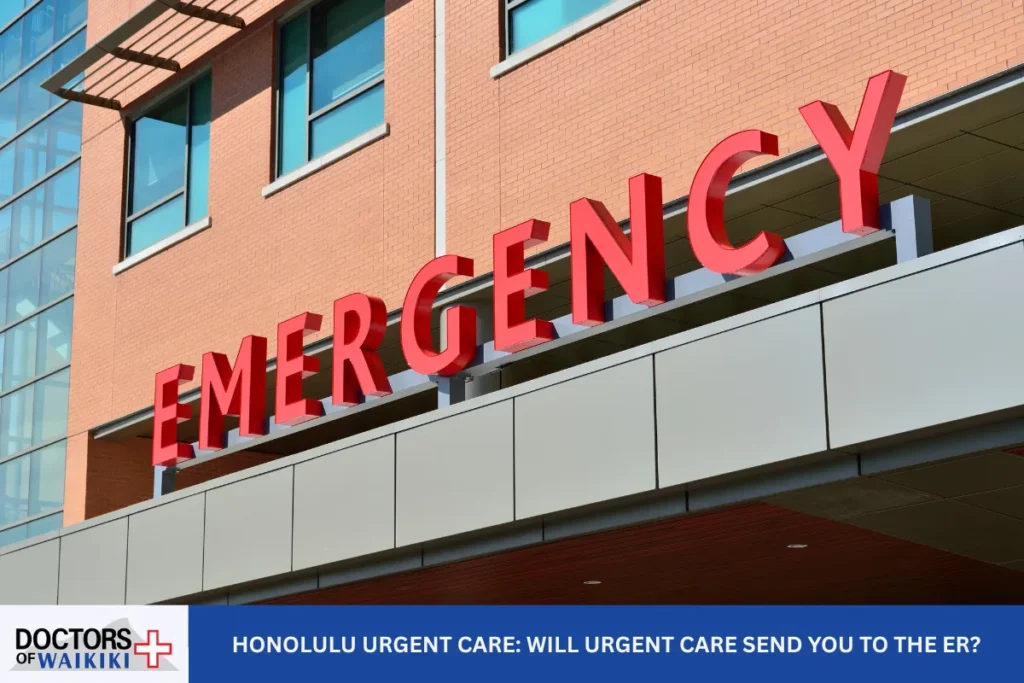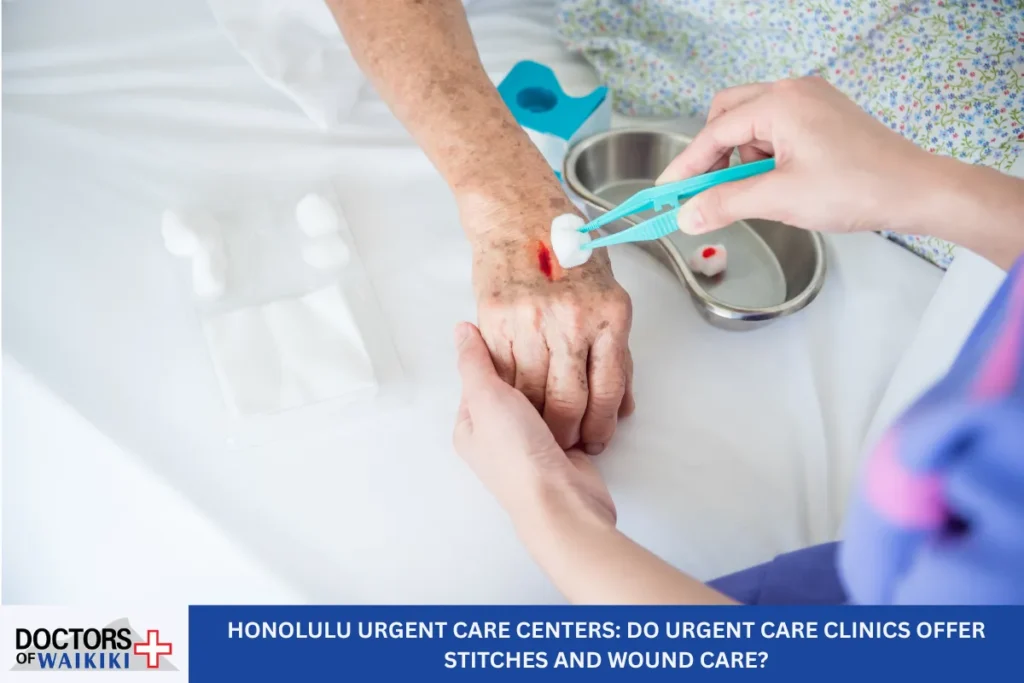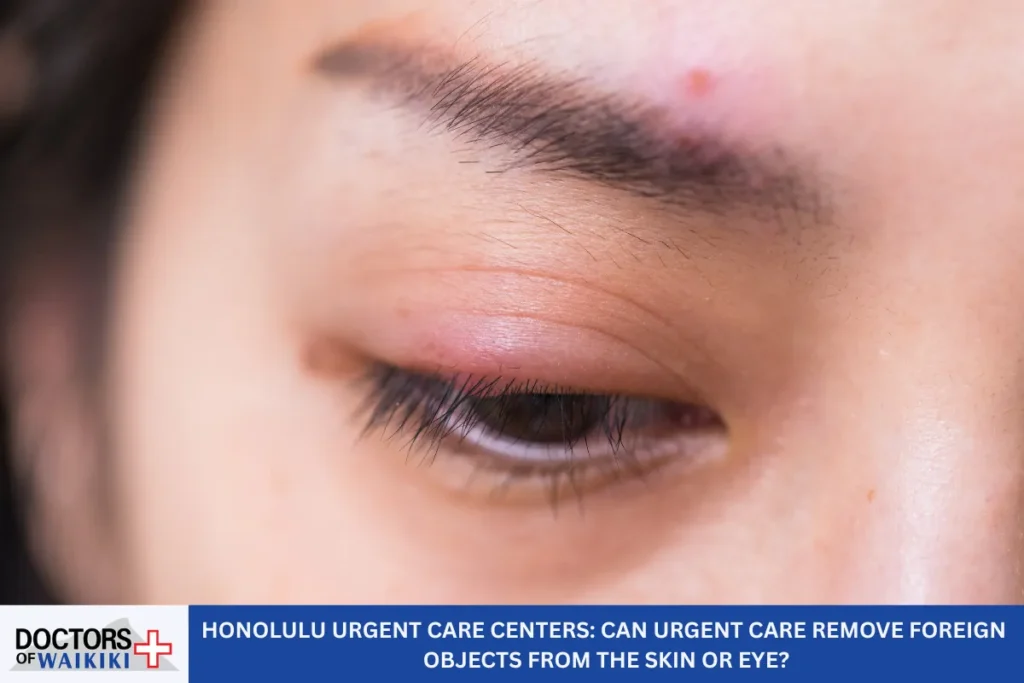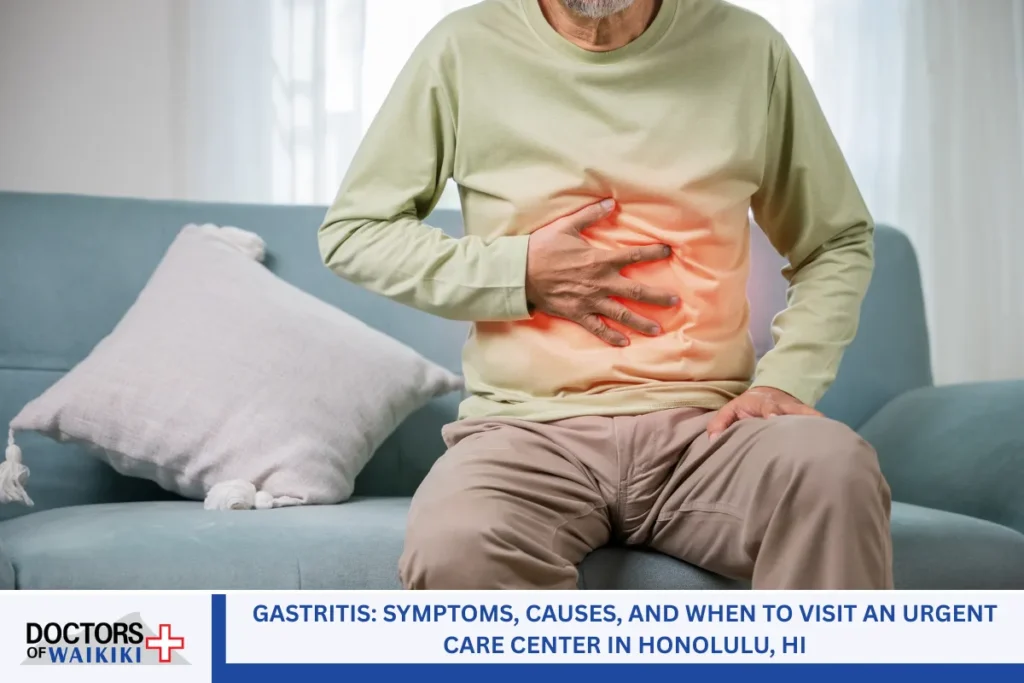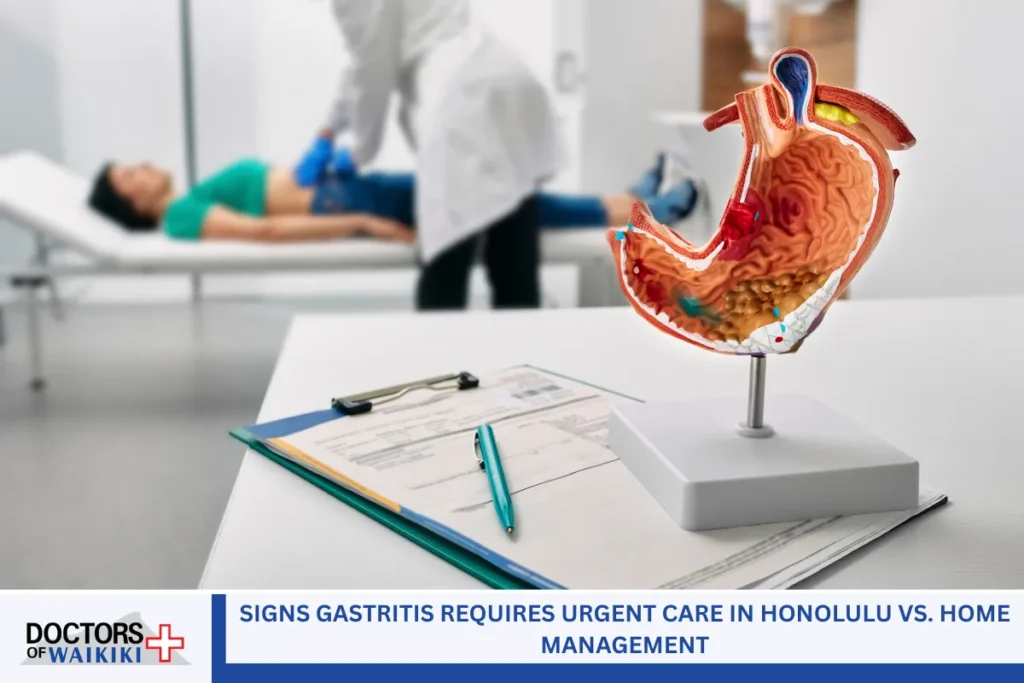Staying Active Without the Setbacks
Honolulu’s outdoor lifestyle makes it easy to stay active, with options ranging from surfing and hiking to recreational sports. However, regular physical activity also carries the risk of injury. Whether it’s a strained muscle, a twisted ankle, or ongoing joint pain, these issues can interfere with your routine and slow you down. That’s why understanding your options for pain management in Honolulu is so important.
By taking the right steps early on, you can effectively manage discomfort, support your body’s recovery, and prevent long-term complications. In this guide, we’ll explore the most common sports injuries, proven pain relief methods, and practical recovery strategies designed for active individuals living in or visiting Honolulu.
Understanding Sports Injuries and Their Impact

What Are Sports Injuries?
Sports injuries happen when the body experiences stress, overuse, or trauma during physical activity. These injuries can affect muscles, joints, ligaments, tendons, and even bones. Some are sudden (like an ankle sprain), while others develop over time due to repetitive motion or improper form.
Common Types of Sports Injuries in Honolulu
In a physically active city like Honolulu, the most frequent sports-related injuries include:
- Sprains and Strains – Typically caused by overstretching or tearing ligaments and muscles.
- Knee Injuries – Including ACL tears, meniscus damage, and patellar tracking issues.
- Rotator Cuff Injuries – Common in surfers and swimmers due to repetitive shoulder motion.
- Tendonitis – Inflammation in the tendons, often affecting elbows, knees, or shoulders.
- Fractures – Broken bones from falls, impact, or twisting accidents.
- Lower Back Injuries – Resulting from poor lifting techniques, weak core muscles, or sudden twisting.
Why Timely Care Matters
Ignoring a sports injury can lead to complications. What starts as a mild strain could become chronic pain or cause joint instability if not properly managed. The sooner you address pain, the better your chances for full recovery.
What Is Pain Management and Why Is It Crucial for Recovery?

Pain management refers to the techniques and treatments used to alleviate discomfort, reduce inflammation, and restore mobility following an injury. In Honolulu, pain management professionals focus on identifying the root cause of your symptoms and tailoring a plan to support healing.
The Role of Pain Management in Sports Recovery
The goal isn’t just to temporarily alleviate the pain; it’s to resolve it permanently. Instead, a comprehensive pain management plan aims to:
- Relieve acute and chronic pain
- Prevent reinjury
- Support tissue repair
- Improve mobility and flexibility
- Speed up recovery time
- Avoid surgery when possible
Many treatments are non-invasive or minimally invasive, allowing you to avoid lengthy downtimes and return to your normal routine sooner.
Safe and Proven Pain Management Options in Honolulu

Honolulu offers a wide variety of modern and holistic treatment methods for sports injuries. Let’s dive into the most trusted and widely used options:
Physical Therapy
Physical therapy (PT) is one of the first steps in the recovery process after a sports injury. Therapists use a combination of guided exercises, stretches, and manual therapy to restore strength and flexibility. PT also helps reduce inflammation and correct movement patterns to prevent future injuries.
In Honolulu, therapists often create customized programs that evolve as your body heals and recovery progresses. This one-on-one care ensures a steady and sustainable recovery.
Chiropractic Care
Chiropractic care focuses on aligning the spine and joints to improve body mechanics and relieve nerve pressure. It’s highly effective for athletes with back, neck, or shoulder injuries.
By restoring balance to your musculoskeletal system, chiropractic adjustments can reduce inflammation, ease muscle tension, and enhance overall performance.
Trigger Point Injections
Trigger points are tight, painful muscle knots that can radiate discomfort to other parts of the body. Injections of anesthetic into these areas can provide fast relief and allow muscles to relax.
This method is especially helpful for treating injuries in the shoulder, lower back, and neck areas that are commonly strained during sports.
Ultrasound and Electrical Stimulation
These therapeutic modalities are often used in combination:
- Ultrasound therapy utilizes sound waves to enhance blood flow, thereby supporting the healing process.
- Electrical stimulation activates muscles and reduces pain signals, helping you regain control over injured areas.
Both are non-invasive and painless, making them ideal for the early stages of recovery.
Platelet-Rich Plasma (PRP) Therapy
PRP involves drawing a small amount of your blood, concentrating the platelets, and injecting them into the injured area. Platelets release growth factors that encourage faster tissue repair.
Athletes in Honolulu are increasingly turning to PRP therapy for tendon injuries, joint pain, and even muscle tears—especially when they’re trying to avoid surgery.
Cold Laser Therapy
Cold laser therapy uses light energy to reduce inflammation and stimulate cellular repair. It’s effective for treating:
- Tendonitis
- Soft tissue injuries
- Joint pain
- Muscle strains
It’s a quick, painless option with no downtime, making it an appealing choice for active individuals who want to recover on the go.
Acupuncture
Rooted in traditional Chinese medicine, acupuncture involves inserting very thin needles into specific points of the body. It’s known to:
- Improve circulation
- Release endorphins (natural painkillers)
- Reduce muscle tension
- Support overall recovery
In Honolulu, acupuncture is widely practiced and often included in integrative pain management plans.
Lifestyle Adjustments to Support Pain Relief and Faster Recovery

Recovering from a sports injury isn’t only about professional treatment. Your everyday choices play a major role in how quickly and effectively you heal.
Nutrition Matters
Fueling your body with nutrient-rich foods can reduce inflammation and support tissue regeneration. Prioritize:
- Omega-3 fatty acids (from fish or flaxseeds)
- Antioxidants (from fruits and vegetables)
- Protein (to rebuild muscle)
- Hydration (to keep joints lubricated)
Stay Active—But Smart
Total rest isn’t always the answer. Gentle activities, such as swimming, light stretching, or walking, help maintain circulation and prevent muscles from stiffening. These movements also help reduce pain without putting strain on healing areas.
Prioritize Sleep and Stress Management
Your body repairs itself during rest. Aim for 7–9 hours of sleep nightly. Additionally, consider techniques such as breathing exercises, mindfulness, or journaling to reduce stress, as excessive stress can exacerbate pain and hinder healing.
Preventing Future Injuries with Smart Pain Management

Once you’re feeling better, don’t let old habits bring you back to square one. Prevention is just as important as treatment.
Proactive Prevention Tips
- Warm up before exercise and cool down afterward
- Cross-train to avoid overuse injuries
- Wear proper footwear and safety gear
- Learn the correct form for sports and workouts
- Pay attention to small aches before they escalate
By integrating these practices into your routine, you protect your progress and lower your risk of re-injury.
When to Seek Professional Help
Not all sports injuries can be healed with home remedies. It’s time to see a professional if:
- Pain lasts more than a week
- You experience numbness, tingling, or weakness
- Swelling doesn’t go down
- You can’t bear weight or move freely
- Pain returns repeatedly in the same spot
In Honolulu, numerous providers specializing in pain management can create a treatment plan tailored to your lifestyle and goals.
Reclaim Your Active Lifestyle
Pain management in Honolulu is your gateway to a faster, safer, and more complete recovery from sports injuries. With the right treatment, you don’t have to put your active lifestyle on pause. From physical therapy and acupuncture to advanced therapies like PRP, there’s a wide range of options to help you heal properly.
Your recovery is personal, and so is your path back to strength. Don’t settle for band-aid fixes or suffer in silence. Invest in your well-being and move forward confidently, knowing that effective care is within reach—right here in Honolulu.
Honolulu Pain Management – Doctors of Waikiki

Looking for dependable pain relief in Honolulu? At Doctors of Waikiki, we make recovery simple. Whether you’re nursing a sports injury or managing chronic pain, our team is here to support you with care that works.
We’re a walk-in clinic that’s open 7 days a week, including holidays, so you never have to wait long for help. Our staff speaks multiple languages, and we provide fast and friendly service to both locals and visitors. Got questions? Just call us at (808) 922-2112—we’re ready when you are.
Frequently Asked Questions About Sports Injury Pain Management in Honolulu
How does a pain management clinic treat a sports injury in Honolulu?
A pain management clinic in Honolulu typically follows a structured process when treating a case involving sports injury pain. It begins with a detailed review of the medical history and a physical examination to assess the nature of the acute injury. This helps medical professionals understand the severity, causes, and any underlying health issues that could impact the healing process.
Treatment usually involves:
- Personalized treatment plans are tailored to each patient’s specific activity level, injury type, and lifestyle.
- A holistic approach that includes physical therapy, soft tissue therapies, and alternative forms of therapy like acupuncture or chiropractic care.
- Tracking progress across the phases of wound healing, especially for acute wounds.
The ultimate goal is to develop an effective treatment plan that alleviates pain, restores mobility, and promotes long-term recovery.
Pain clinics may also educate patients on injury prevention, helping them avoid reinjury and manage future flare-ups more efficiently.
What role does a physical exam play in developing a treatment plan?
A physical exam is crucial in determining how an injury affects movement, strength, and nerve function. It helps doctors pinpoint the exact location and extent of damage—whether it’s to the joints, blood vessels, muscles, or soft tissues.
During the exam, a healthcare provider may:
- Observe posture and gait
- Assess flexibility and range of motion
- Palpate the injured area to check for swelling or tenderness
- Test neurological responses if neck pain or nerve damage is suspected
All this information is used to create a personalized treatment plan. It ensures that treatment goals match the patient’s current physical capabilities and future activity needs.
Moreover, the physical exam complements diagnostic tools like MRIs or X-rays, which reveal internal injuries not easily felt or seen. This layered approach enables the pain center to avoid one-size-fits-all treatments and instead deliver targeted care tailored to both the recovery process and long-term performance.
Can pain management affect blood pressure or other health conditions?
Yes, certain pain management techniques can influence blood pressure, especially when stress, inflammation, or untreated acute wounds are involved. Pain itself can raise blood pressure by triggering a stress response in the body, which causes blood vessels to tighten.
However, managing pain effectively can help normalize blood pressure levels. Here’s how:
- Soft tissue therapies reduce muscle tension and stimulate relaxation.
- A holistic approach that includes stress-reducing therapies (like acupuncture or massage) calms the nervous system.
- Physical activity under guidance improves cardiovascular health over time.
On the flip side, some medications used in pain clinics—especially anti-inflammatories or muscle relaxants—can have side effects that may impact blood pressure or interact with other health issues. That’s why a complete medical history is reviewed before creating any effective treatment plan.
A reputable pain clinic or pain center in Honolulu will monitor your vital signs throughout the treatment process to ensure your entire health profile is taken into account.
What are the benefits of using a holistic approach in sports injury recovery?
A holistic approach to pain management goes beyond treating symptoms—it looks at the whole person. This method is especially effective for those recovering from a sports injury or a painful event, as it supports both the physical and mental aspects of healing.
Key benefits include:
- Personalized treatment plans that incorporate lifestyle, mental health, and physical recovery.
- A mix of forms of therapy, from physical rehabilitation and soft tissue therapies to acupuncture and mindfulness practices.
- Faster recovery and improved mobility by addressing not just the injury but its root causes.
This approach also improves long-term outcomes. Patients often experience better pain control, fewer relapses, and improved emotional resilience. For example, neck pain related to poor posture or stress can often be alleviated with a combination of physical therapy and relaxation techniques.
By aligning your treatment goals with your lifestyle, a holistic strategy enhances the overall healing process, offering a more sustainable path to wellness.
Read: Top Conditions Treated with IV Antibiotics at Honolulu Urgent Care Centers

